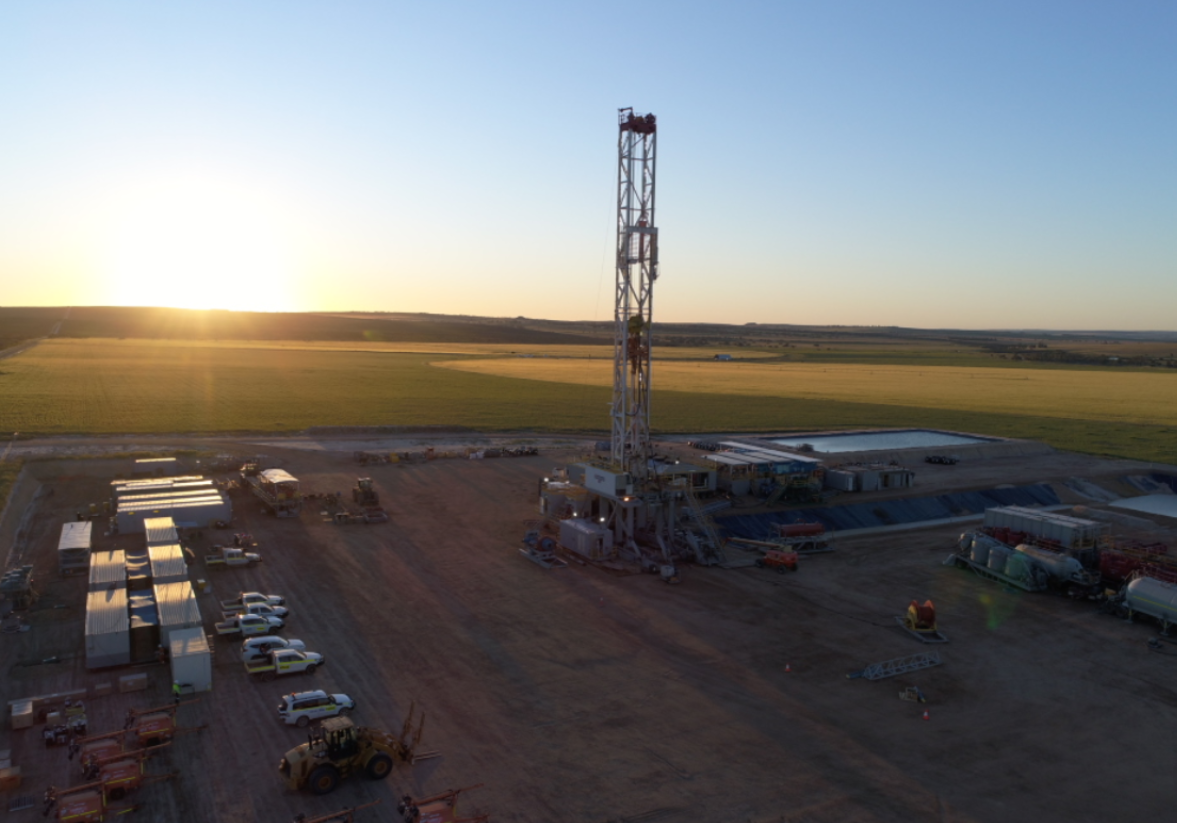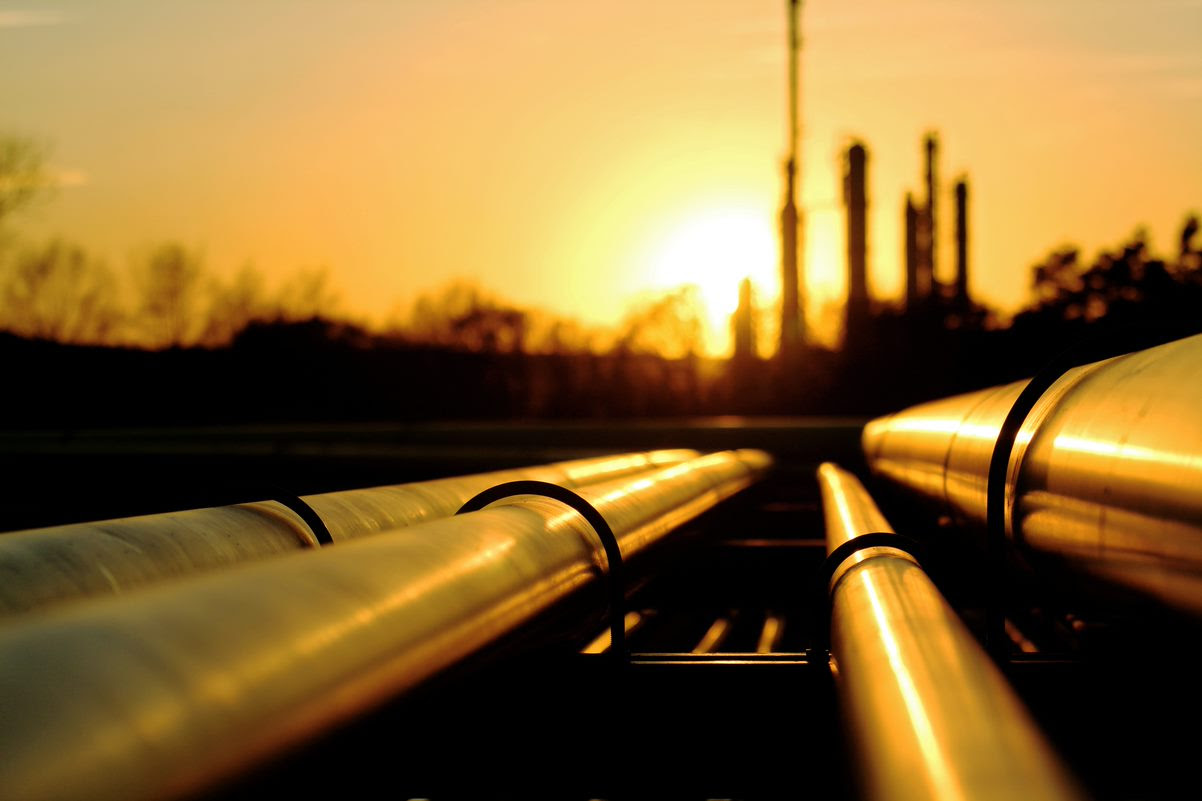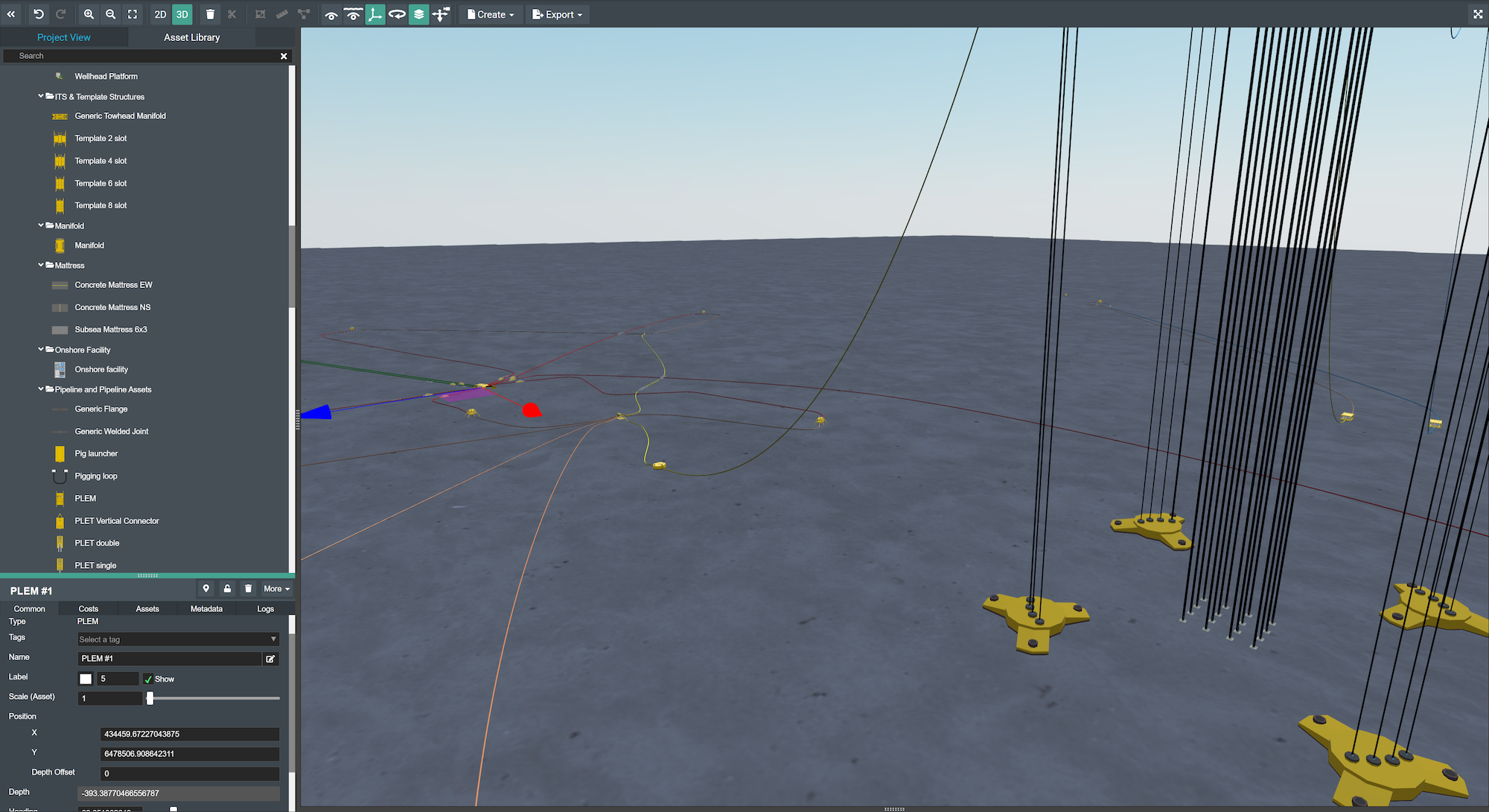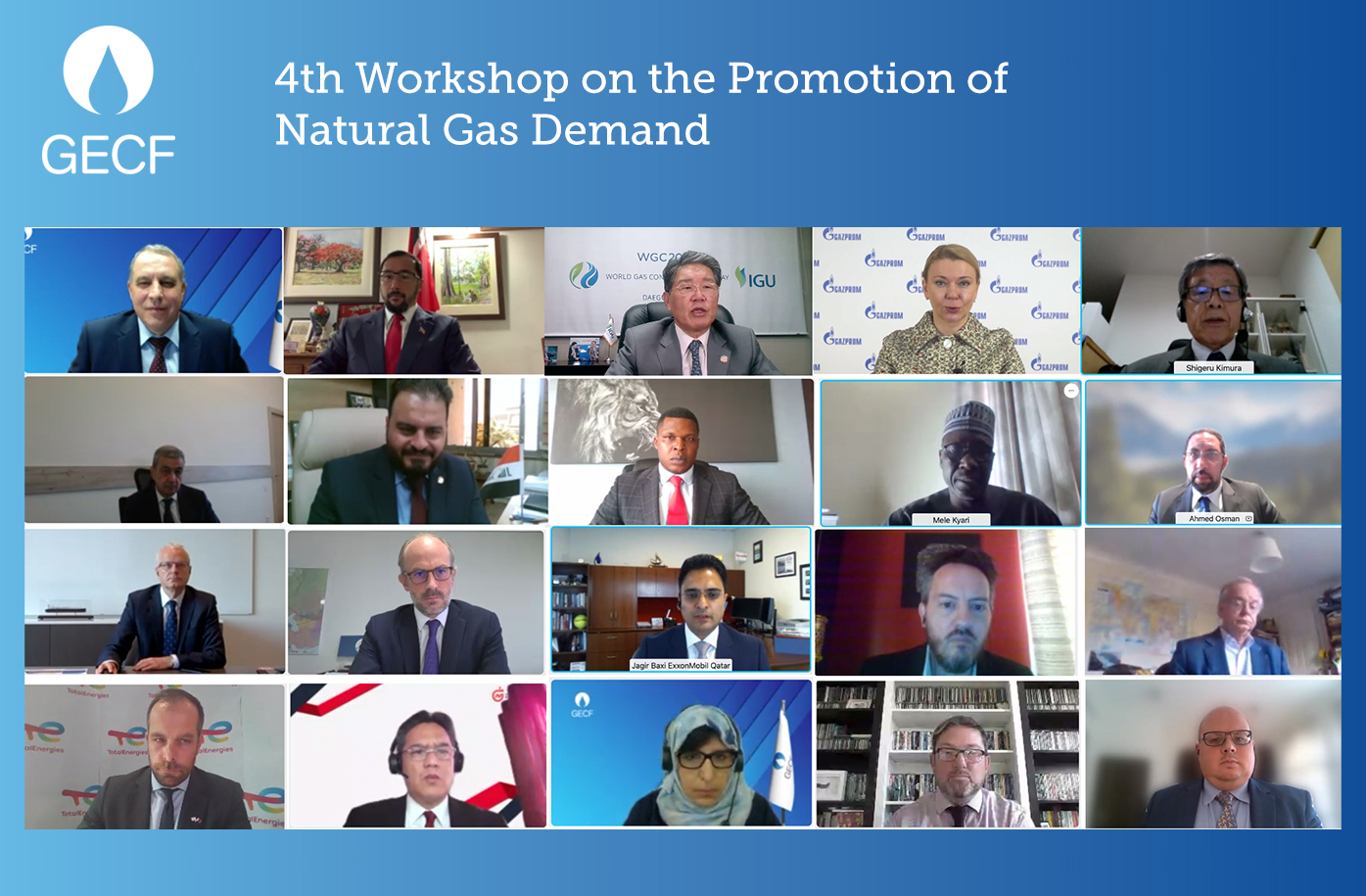Wood has been appointed as owner’s engineer for the delivery of Project Haber, Strike Energy’s $3bn 1.4mtpa urea fertiliser production facility to be built in Western Australia.
Wood said the state-of-the-art low-carbon fertiliser plant will reduce Australia’s carbon footprint in the agricultural industry. Project Haber will have the unique ability to use hydrogen from a 10MW onsite electrolyser in addition to large scale behind the meter wind and solar generation in partnership with Strike’s vertically integrated low-cost Perth Basin gas resources, creating the potential to generate the world’s lowest carbon fertiliser and reducing Australia’s reliance on imports.
As owner’s engineer, Wood said it will provide technical and engineering oversight services for the duration of the project to monitor and assess the work in progress, ensuring the Engineering, Procurement and Construction contractor delivers work consistent with the project’s requirements.
Azad Hessamodini, Executive President of Wood Consulting said: “This win demonstrates Wood’s ability to be leaders in decarbonisation and the energy transition. We are excited to be working with Strike Energy on an innovative project that is very closely tied to Australia’s economy and the country’s transition to a low-carbon future.”

Stuart Nicholls, Managing Director and CEO, Strike Energy added: “Wood is recognised as an industry leader in energy and decarbonisation, and we are delighted to have them play such a key role in the successful execution of this project. Their expertise will be invaluable as we deliver on our strategy to help supply low-cost, low-carbon energy to Western Australia, and support the competitiveness of Australia’s agricultural industry by building sovereign capability in the manufacturing of globally competitive low carbon nitrogen fertiliser.”
The Strike fertiliser plant has signed up Koch Industries as its primary offtaker and will look to meet the local demand of the Western Australia wheat belt. Located near the Geraldton port, the plant will be strategically positioned to meet export demands for product throughout its 20-to-30-year life cycle.




